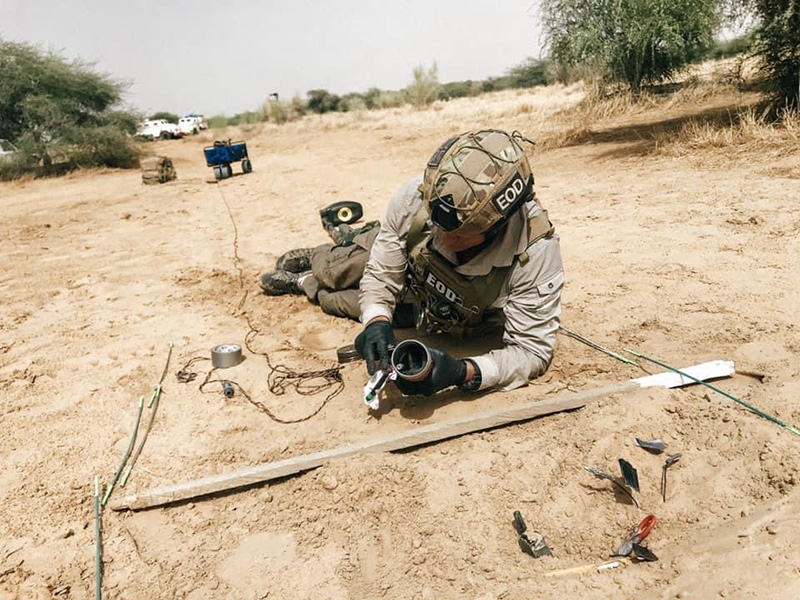Assessing explosive risks in the early stages of a project cycle is crucial for ensuring the safety of personnel and to minimise the potential impact on the environment, local communities and even your reputation. By identifying potential explosive hazards, appropriate risk management measures can be put in place, reducing the risk of accidents or financial losses.
How a desktop study informs your risk management process
Early identification of explosive hazards such as land mines, unexploded ordnance (UXO) or improvised explosive devices (IED) also allows for cost-efficient risk management. If hazards are identified early, mitigation measures can be put in place before your project begins, minimizing disruption to your schedule of works and reducing the need for costly remedial action at a later date.
SafeLane, with its dedicated research team, offers a comprehensive and detailed desktop risk assessment service for any project location in the world – on land and in the marine environment.
The desktop study examines the probability of encountering explosive ordnance during the proposed works on a specific site. This assessment considers the history of a site, the surrounding area, and the type of work you propose.
SafeLane's research team carries out a thorough review of historical data and any relevant documentation to identify potential risks and considers a range of factors, including the type of explosive hazard, its proximity to the proposed works, and the likelihood of encountering it.
This information is then used to determine the level of risk posed by the explosive hazard and to develop any appropriate risk management measures. SafeLane's explosive ordnance experts can then recommend a range of measures, including survey and clearance works, to remove the threat of explosive hazards from your site.
Contact the team today to discuss your project’s needs, or to order your desktop study.


